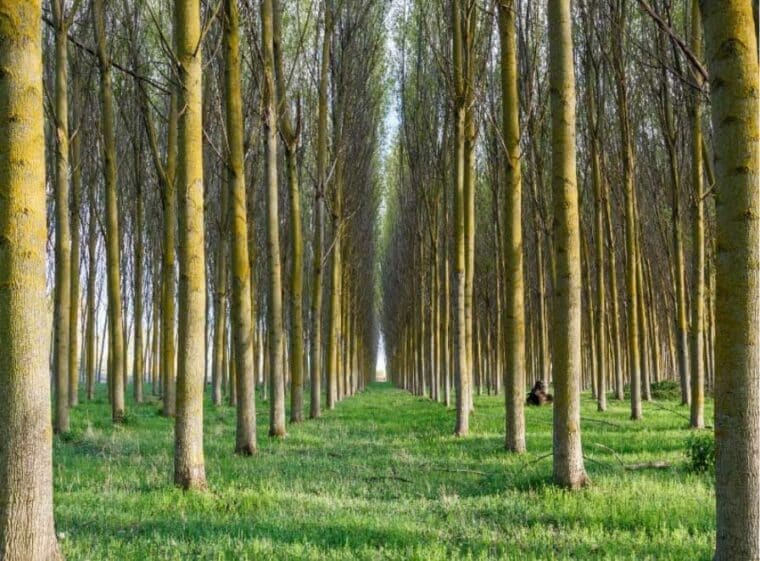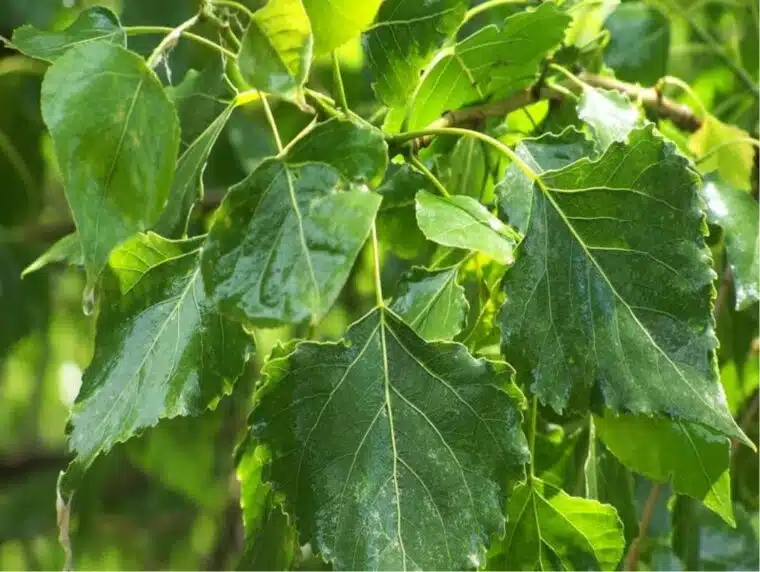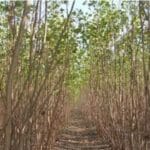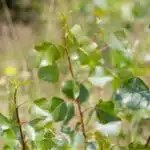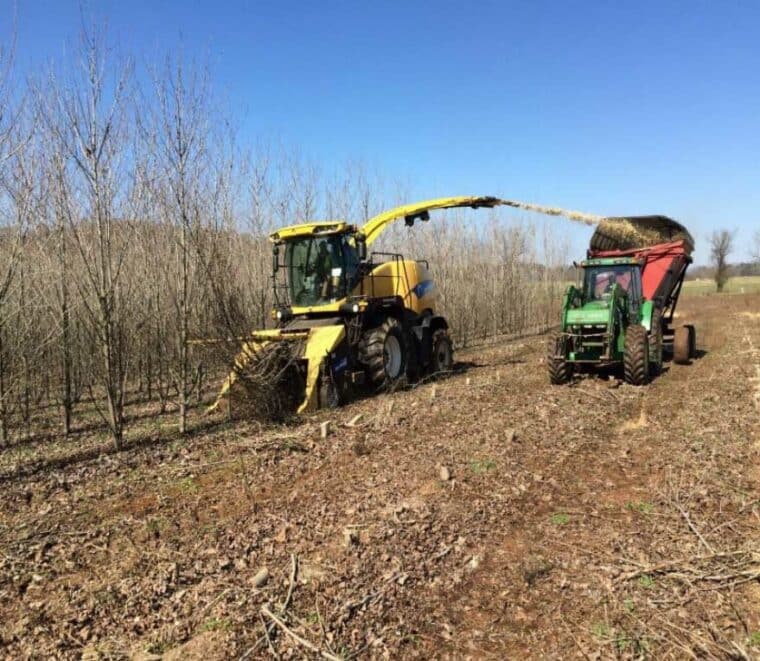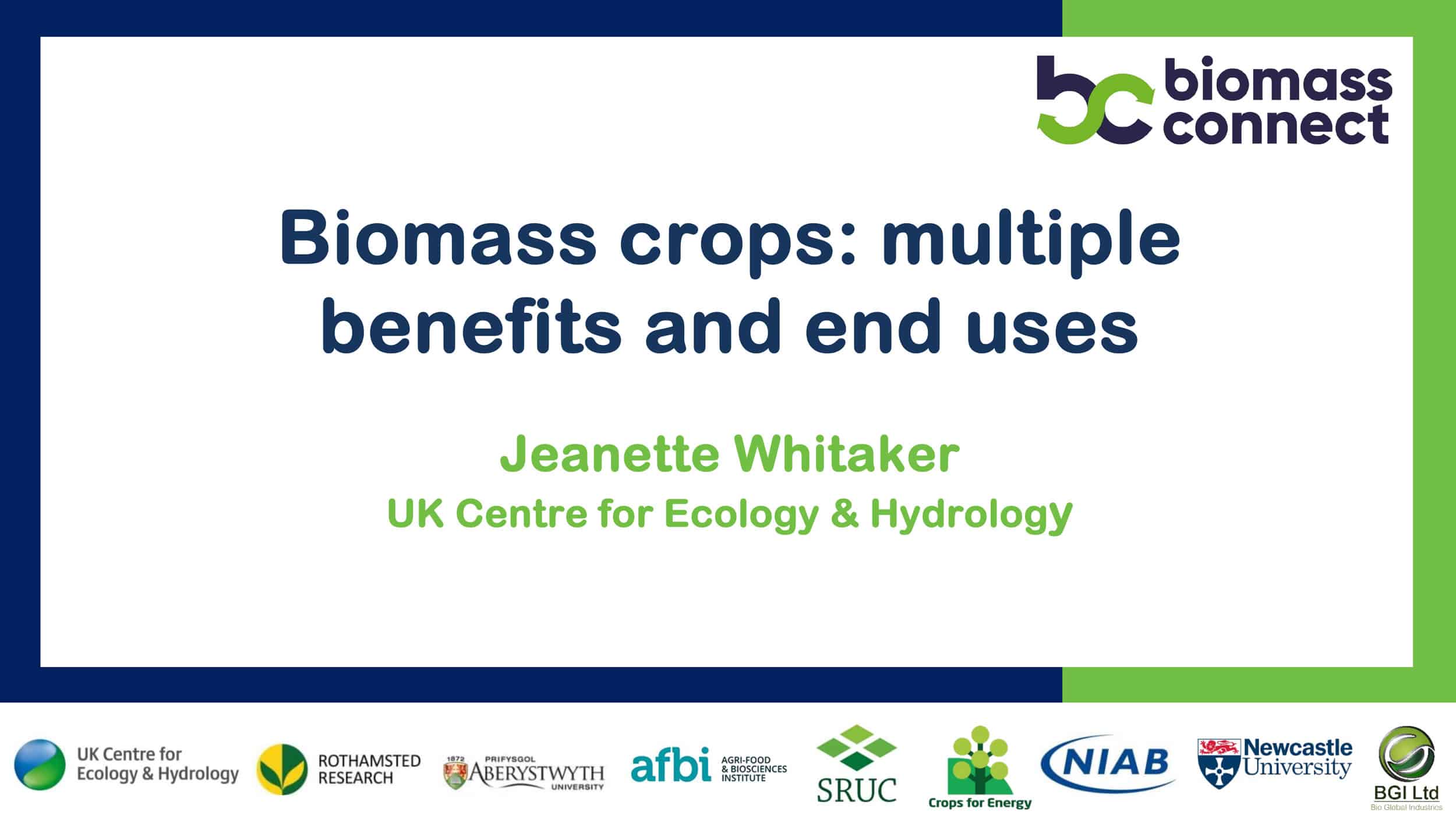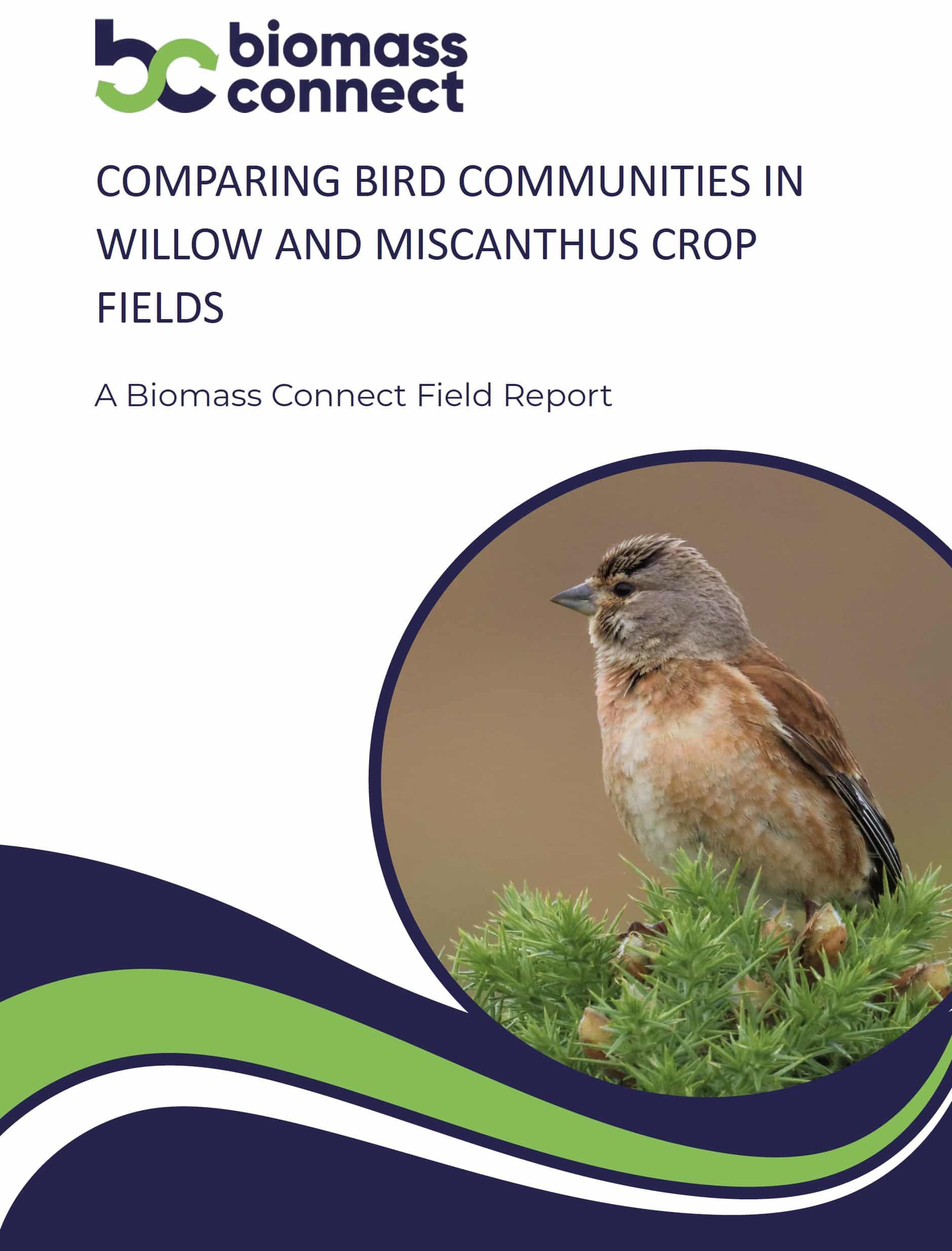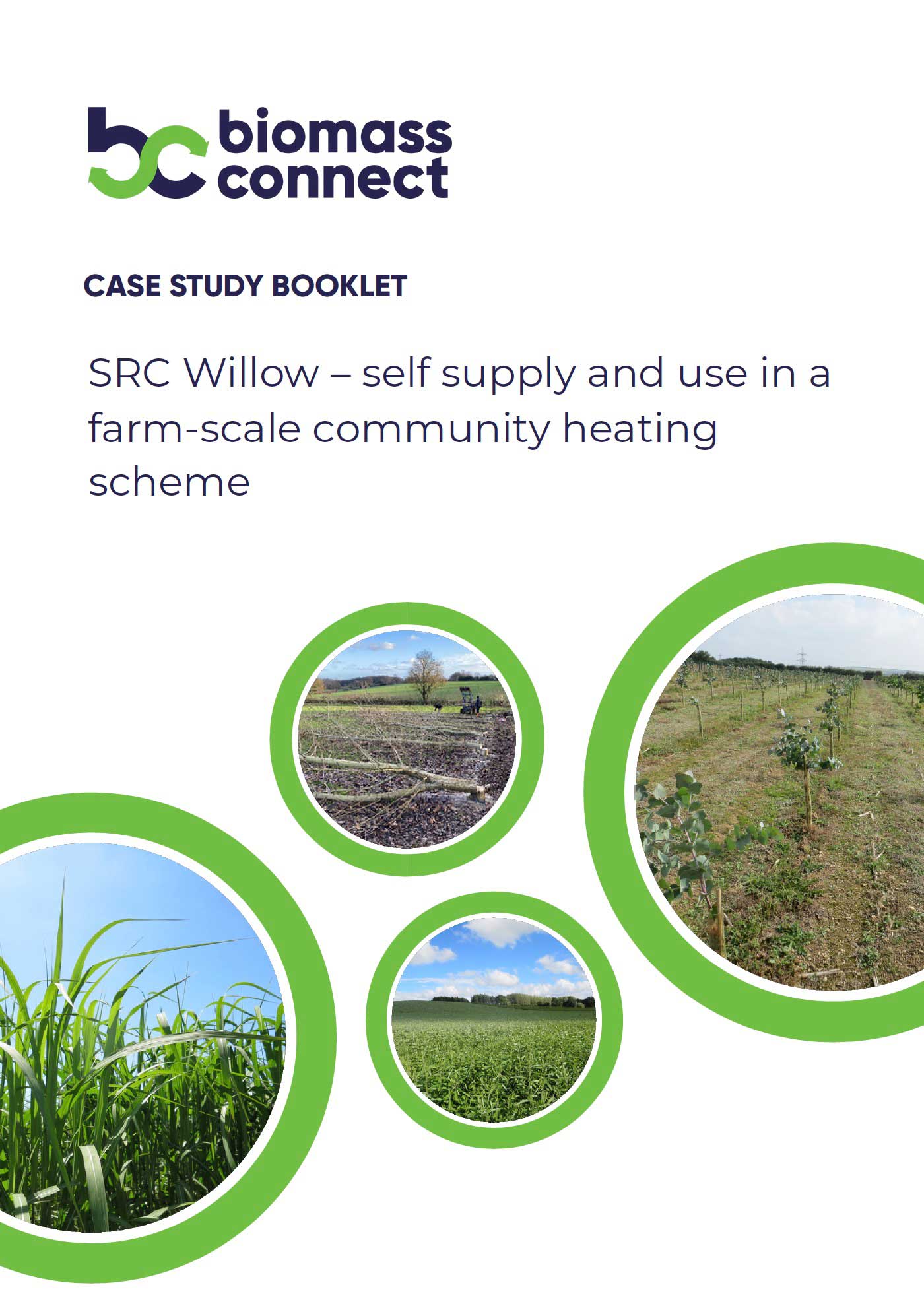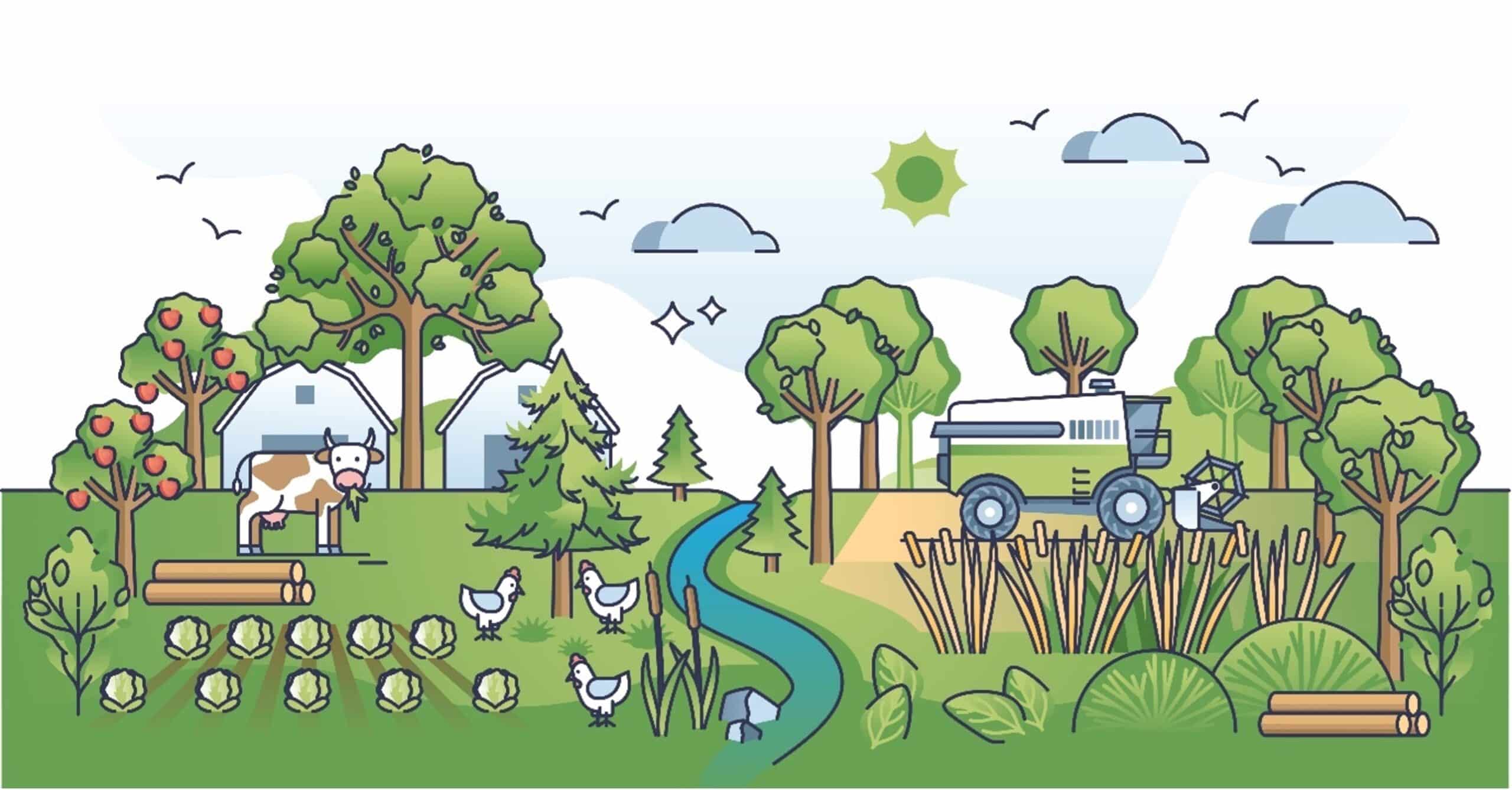Poplar as a Biomass Crop
Key messages:
- Poplar is among the fastest growing of temperate trees and is therefore of considerable interest as a bioenergy crop.
- Poplar can be grown as a Short Rotation Forestry (SRF) or Short Rotation Coppice (SRC).
- Poplar is a multipurpose crop with several environmental benefits such as reducing erosion, phytoremediation of contaminated soils, windbreaks, and increasing biodiversity.
- Poplar can be planted in densities of 1,500 up to 1,800 trees per hectare for bioenergy purposes.
- Yields of 20-25m3 of wood/ha/yr are achievable in the UK.
- Harvesting can be carried out every 2-3 years over a period of more than 20 years.
Introduction
Poplar (Populus spp.) belong to the family Salicaeae and are native to the Northern hemisphere. There are about 30 species present in the genus with many able to naturally hybridise. The species most under investigation for breeding of commercial varieties include P. nigra, P. deltoides, P. maximowiczii and P. trichocarpa. Poplar is among the fastest growing of temperate trees and is therefore of considerable interest as a bioenergy crop.
Poplar can be grown as a Short Rotation Forestry (SRF) or Short Rotation Coppice (SRC). The plant grows to a height of 15–50m with trunk diameter of 2.5m. They can grow around 1.5 to 3m a year depending on the variety and locations. When planted for forestry, poplar has the potential to reach a fully mature height of 30–50 meters. Once established, SRC poplar can be harvested every 2-5 years over a life span of more than 20 years. The plant grows to a height of about 2.5m after 3-4 years.
The leaves are oval to heart shaped, with serated edges. Poplar flowers are dioecious, meaning, male and female flowers are found on separate trees.
The flowers appear early in spring before the leaves emerge, providing pollen and nectar for pollinators.
The tree grows well on marginal land and is able to control erosion. Poplar is a multipurpose crop with several environmental benefits such as reducing erosion, phytoremediation of contaminated soils, windbreaks, and biodiversity.
Site Suitability
Poplar is suited to most soil types including clay, sand, loam, and humus soils. It grows particularly well on well drained and fertile loam with a wide range pH of 5-8. Poplar generally prefers soils with good drainage and no pooling of water. Certain poplar clones do not tolerate waterlogged soils as the roots require adequate oxygenation. Poplar is not suitable for areas where the water table depth is below 50 to 60cm.
Establishment
Poplar is planted from dormant hardwood cuttings or unrooted stems (~2m rods or 20-25cm cuttings). The cuttings and rods are harvested and placed in cold storage (0-4oC), to stop them drying out. Planting is done in March and April.
Planting can be done by hand or machinery. The cutting is inserted deeply into the soil leaving about 20cm showing above the soil surface. The plant can grow up to about 1.5m in height during the first year and from 3-5m for each of the following years depending on the cultivar, site conditions, spacing and management practices.
For large-scale plantations, it is recommended to plant mixtures of poplar varieties with about 100 trees of a single cultivar in each block, and different cultivars in neighbouring blocks. If considering mechanised harvesting, plant at a spacing of 0.6m apart in twin rows with 0.75m between rows and a 1.5m alley between each twin-row. Poplar can be planted in densities of 1,500 up to 1,800 trees per hectare for bioenergy purposes. Yields of 20-25m3 of wood/ha/yr are achievable in the UK.
Plant for manual harvesting at stocking densities of ~6,600 stems per hectare (2,671/acre), planting single rows at 0.5m spacing, leaving 3m between rows to allow for better access. In smaller sites with less than 100 plants, plant at a spacing of 5m x 5m.
Timely weed control during the establishment of the poplar is important as poplar is intolerant to shade so does not compete well with weeds during the early stages of growth. Use of geotextile membranes can remove/reduce the need for herbicides.
- Semi Mature Poplar Plantation
- Young Poplar Trees
Management, Pests, and Diseases
Young growth is attractive to deer, hare, and rabbits. Appropriate fencing may be required in areas where these animals are prevalent. Common pests include the small poplar leaf beetle (Phratora vitellinae), and the large leaf beetle (Chrysomela populi). The larvae and mature stages feed on the poplar leaf and can cause shoot dieback. Other known pests of poplar are the white-satin moth (Leucoma salicis) and poplar shoot borer (Gypsonoma aceriana). Insecticides may be required to control insect pests.
Some diseases observed in poplar include bacterial canker (Xanthomonas populi) which causes wilting, necrosis, rot, and injury of poplar trees. Poplar leaf rust (Melampsora larci-populina) is another common disease which causes the formation of yellow spots on the upper surface of the leaves and orange/rust-coloured pustules containing masses of spores on the underside of the leaves. These diseases cause premature death of the leaves. It is recommended to manage diseases by planting different mixtures of poplar clones that are genetically selected for resistance.
Harvesting
Harvesting is done between November and March after leaf fall and before bud swell in early spring. Harvesting can be done every 2-3 years over a period of more than 20 years. Harvesting can be done manually or mechanically. When established commercially, harvesting can be done with commercial scale modified forage harvesters used to cut and chip straight to a trailer.
Smaller-scale harvesting can be performed using a chainsaw or brush cutter. Biomass can be stored and seasoned as whole rods in stacks/bundles or cut down to billets.
Additional uses and benefits
Poplar has a wide range of uses. These include:
- Feedstock for biofuels.
- Planting as windbreaks, reducing wind speed.
- Prevention of soil erosion.
- Phytoremediation of contaminated soil.
- Improving biodiversity – by providing nesting opportunity for birds and bats.
- High quality wood for use in manufacturing and construction.
- Making cardboards, boxes, crates, paper, veneer and pellets.
